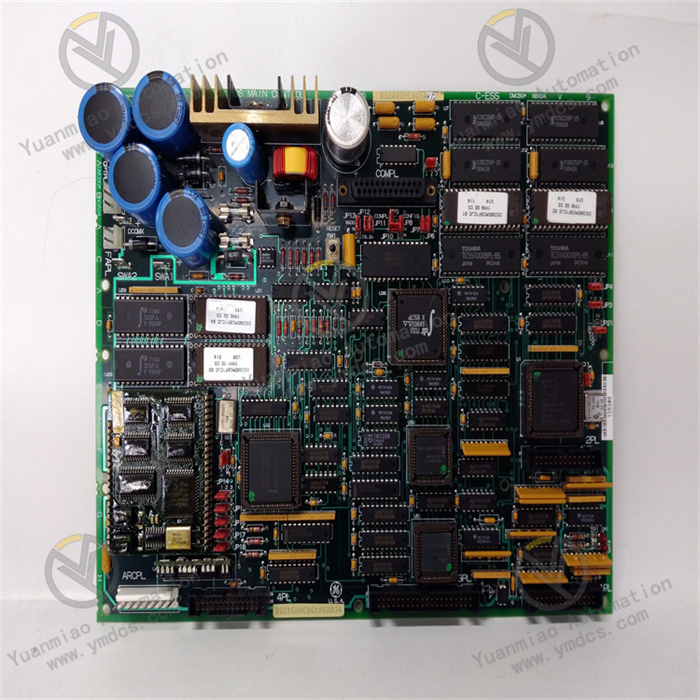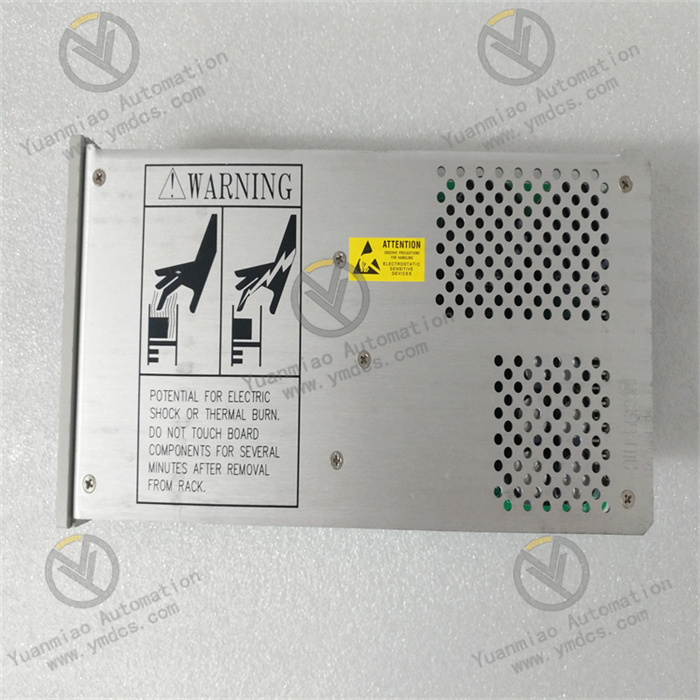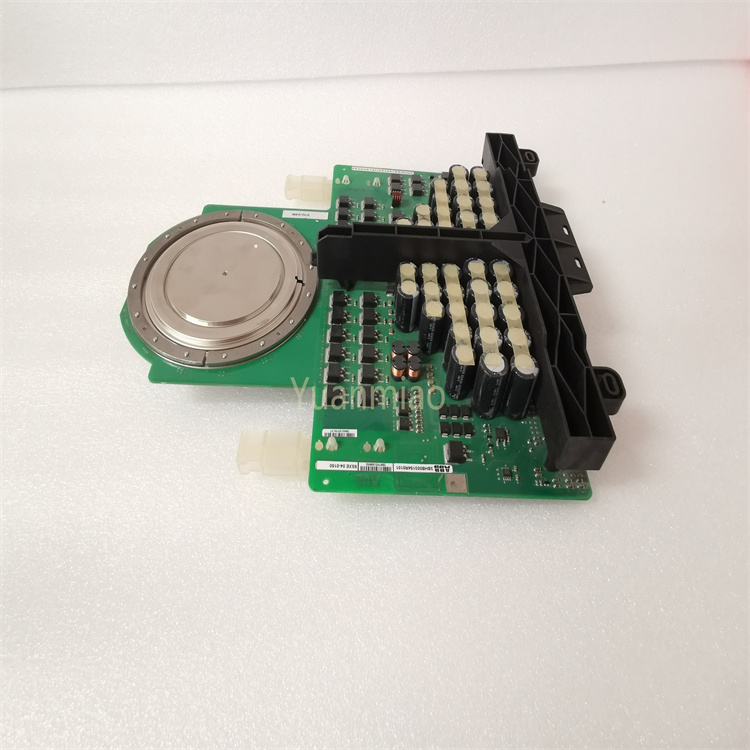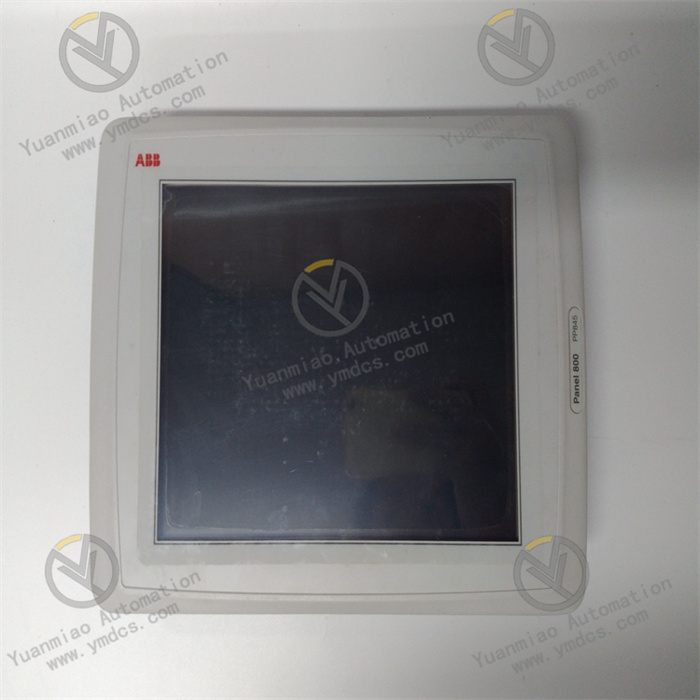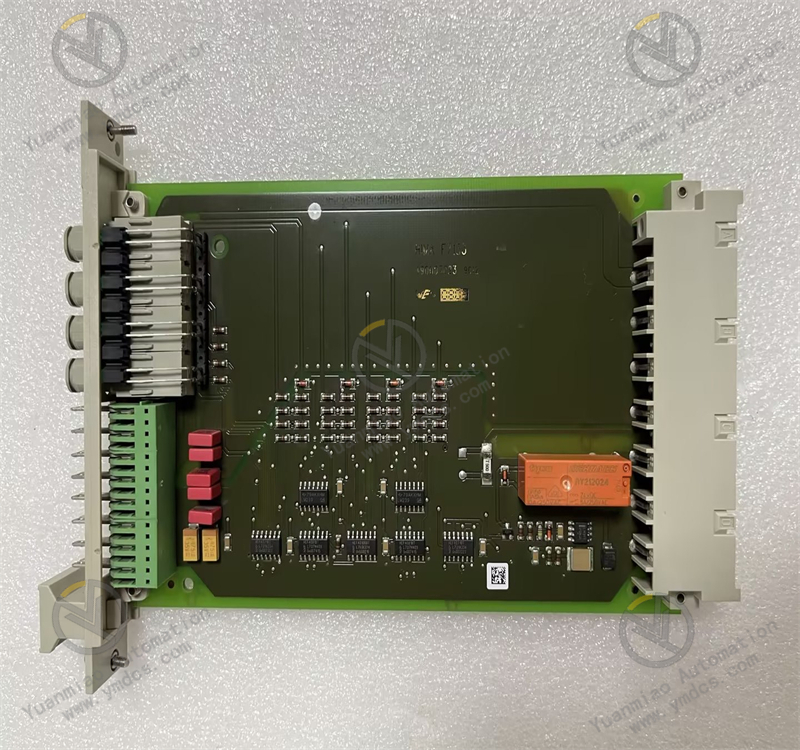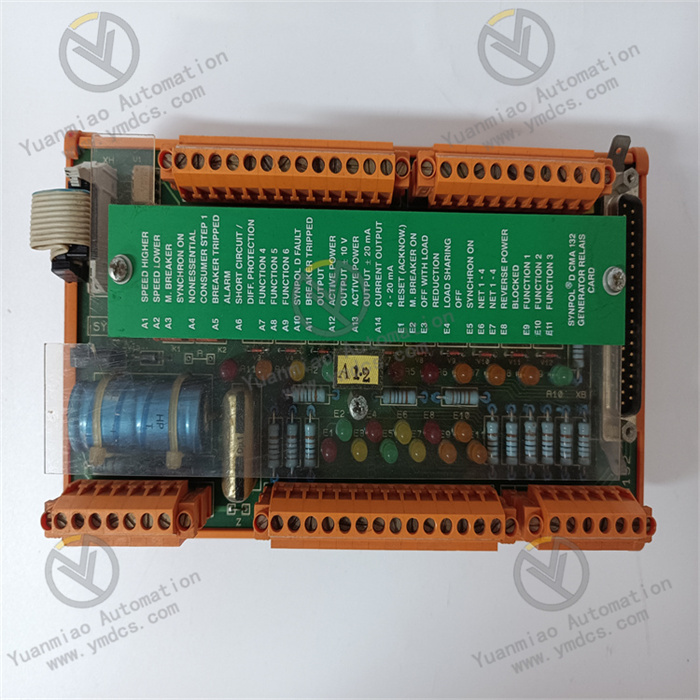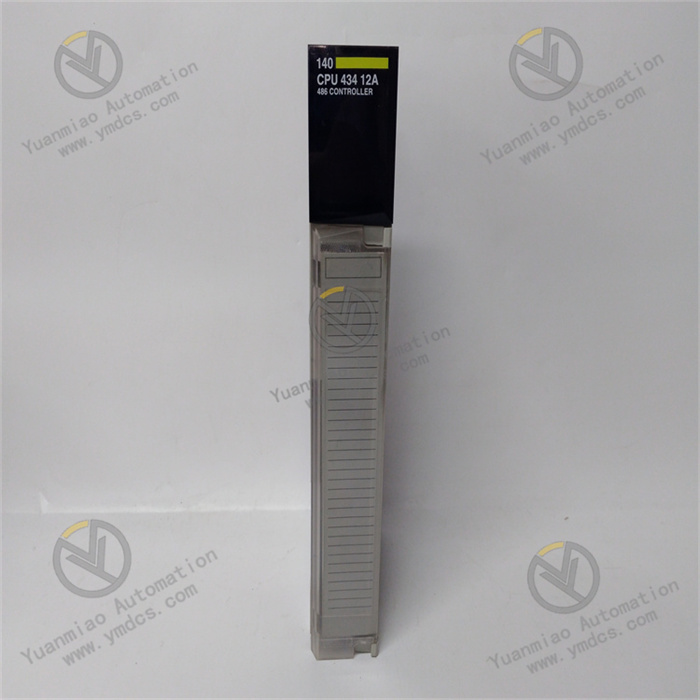Description
VMIVME-7455
I. Overview
The Abaco Systems VMIVME-7455 is a 6U single-slot VMEbus module specially designed for embedded VMEbus computer series, aiming to provide multi-session CD-ROM drive functions. Based on the mature and reliable VME (VersaModule Eurocard) bus architecture, its modular design demonstrates high reliability and strong expandability. It plays a crucial role in industrial control, test & measurement, and other fields with specific requirements for data storage and reading, providing effective hardware support for data storage, software installation, and system maintenance in related systems. Since October 4, 2007, the product has entered the Restricted Production Phase (RPP), but it still maintains certain application value in the market due to its unique advantages.
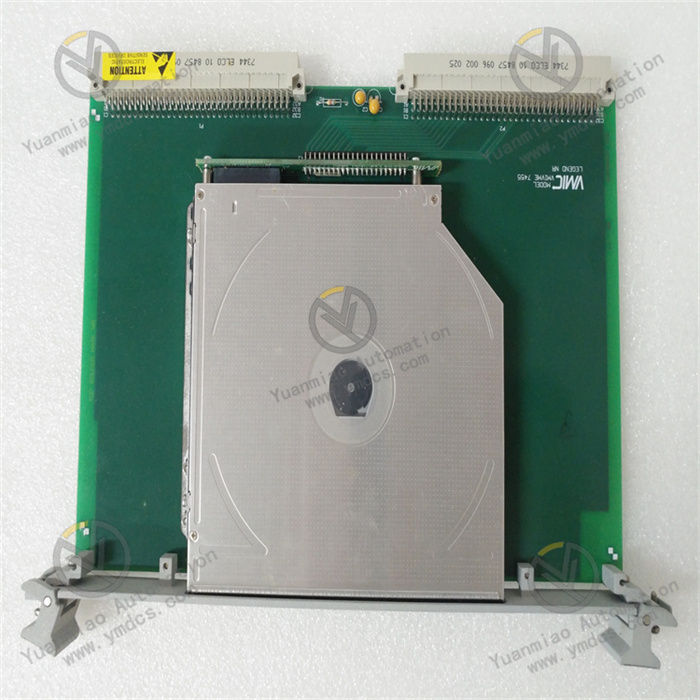
II. Functional Features
(1) Multi-Format Compatibility
The drive is highly compatible with various CD formats, including CD-I, Video CD, Enhanced CD, and CD PLUS. This enables it to stably and efficiently read data from different types of storage media, easily handling multimedia data, software programs, and other data files. It significantly expands the device's application scope to meet diverse data usage scenarios.
(2) High-Speed Data Reading
Equipped with a 24X IDE CD-ROM drive or faster reading devices, it can read data from CD-ROM discs at high speed. During software installation, it greatly shortens the installation time and improves work efficiency; in data reading scenarios, it quickly acquires required information, reduces waiting time, and provides strong data transmission support for real-time system operation.
(3) Convenient VMEbus Connection
Adopting the standard VMEbus 6U single-slot form factor, it cleverly uses the VMEbus P2 interface to connect to Single-Board Computers (SBCs). This design enables convenient communication and collaboration with other modules in the VME system, facilitating system integration. Users can flexibly build system architectures according to actual needs, enhancing the flexibility and compatibility of the entire system.
(4) Multi-Session Support
With multi-session functionality, it can handle multiple CD-ROM session tasks simultaneously. This means it can coordinate multiple data reading requests, allocate resources reasonably, ensure timely response to different tasks, and improve overall system data processing efficiency—especially suitable for complex scenarios requiring simultaneous reading of multiple CD-ROM data.
(5) Industrial-Grade Reliability
Designed to industrial standards, it fully considers usage requirements in harsh industrial environments from hardware material selection to circuit layout. It operates stably in complex environments such as high/low temperatures, high humidity, and strong electromagnetic interference, with good vibration and impact resistance, reducing failure probabilities caused by environmental factors and providing reliable support for long-term stable operation in industrial control, test & measurement, etc.
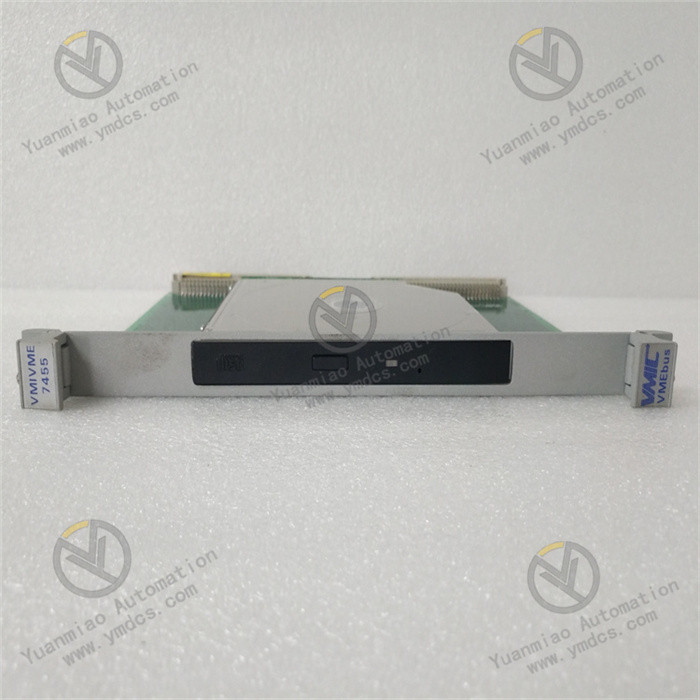
III. Working Principle
When the VMIVME-7455 is connected to the VMEbus system, the external power supply energizes the device. The internal power management module converts the input power into stable voltages suitable for each component, ensuring normal startup and continuous operation.
During data reading, when the system issues an instruction to read CD-ROM data, the VMIVME-7455's CD-ROM drive activates. The drive's laser head focuses on the corresponding track of the CD-ROM disc, identifying data via laser reflection. The data is first read into the drive's internal cache, then transmitted to the connected SBC at high speed and in order via the VMEbus P2 interface following VME bus protocols. The VME bus arbitration mechanism ensures accurate and stable data transmission, avoiding conflicts for efficient interaction. Meanwhile, the multi-session support allows it to coordinate multiple reading requests, allocate resources, and respond to tasks promptly, enhancing overall efficiency.
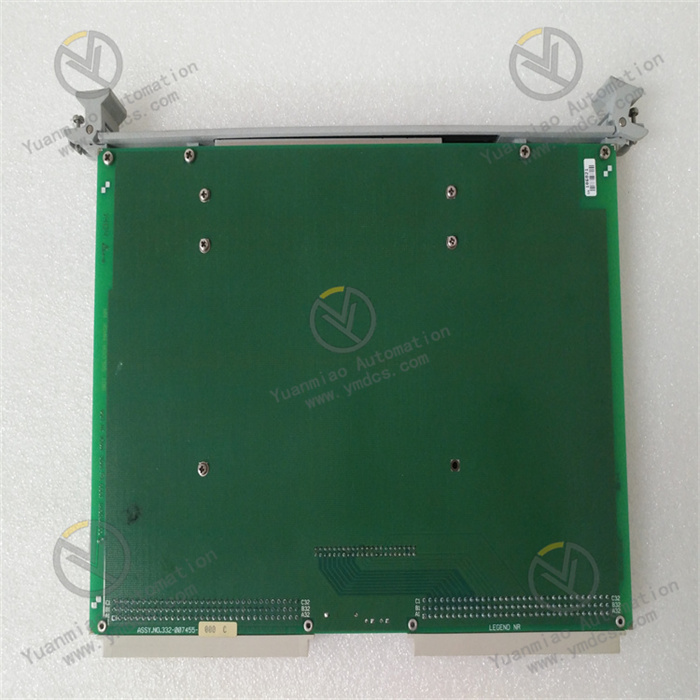
IV. Operation Guide
(1) Pre-Installation Preparations
- Confirm System Compatibility: Before installing the VMIVME-7455, carefully check the target VMEbus system's specifications to ensure compatibility with the module's interface standards and electrical characteristics. Focus on VMEbus slot types, quantity, and available power to avoid installation failures or device damage due to incompatibility.
- Prepare Installation Tools: Ready necessary tools like anti-static wristbands and screwdrivers. Wear the wristband to prevent static damage to electronic components during operation.
(2) Module Installation
- Open the Chassis: Carefully open the VMEbus system chassis and locate a suitable 6U single-slot position.
- Insert the Module: Hold the VMIVME-7455, align its bottom interface with the VMEbus slot, keep it vertical, and insert it smoothly and slowly until fully seated and secure. Avoid excessive force to prevent pin damage.
- Fix the Module: Tighten the fixing screws on both sides of the module with a screwdriver to ensure it does not shake in the chassis.
(3) Connect CD-ROM Disc
- Open the Drive Door: Find the CD-ROM drive door on the VMIVME-7455 module, press the open button to release the door.
- Load the Disc: Place the CD-ROM disc steadily at the center of the drive tray, ensuring the data side faces down. Gently push the tray to insert the disc, then close the door.
(4) Data Reading Operation
- Start the System: Close the VMEbus chassis, connect the power supply, and boot the entire system.
- Access Data: After startup, log in to the OS or application. Locate the CD-ROM drive letter corresponding to the VMIVME-7455 in the file manager or relevant software, and double-click or use specified operations to access disc data. If errors occur (e.g., unrecognized disc), try reinserting the disc, checking for scratches, or cleaning the surface. For persistent issues, refer to the troubleshooting guide.
(5) Common Fault Troubleshooting
- Disc Unrecognized: Check for physical damage (scratches, deformation), test with a normal disc; confirm the disc format is supported; ensure the drive door is closed tightly, and retry after reopening/closing.
- Data Reading Error: Clean the disc surface to remove dust/stains; check the VMEbus connection for firmness, and reinsert the module if needed; if issues persist, contact professionals for hardware fault repair.


